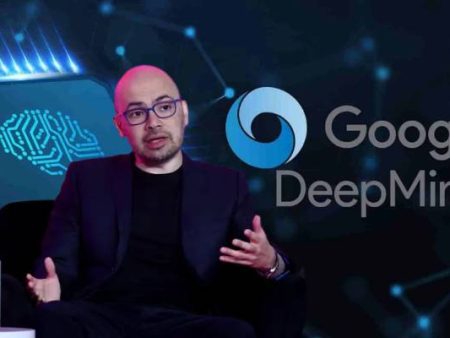Microsoft just pulled off something bold. The company unveiled MAI-Image-1, its first text-to-image generator built entirely in-house — and it’s already elbowed its way into the top ten on the LMArena benchmark for AI-generated art.
Early details reveal a model capable of producing crisp, photo-realistic visuals that balance color, light, and texture with uncanny precision, as shown in Microsoft’s announcement of its new AI system. It’s fast, efficient, and — for once — fully Microsoft’s own creation.
What’s really interesting is what this means for the company’s identity. For months, critics have argued that Microsoft was little more than a reseller of OpenAI’s tech, slapping Copilot branding on top of someone else’s work.
But MAI-Image-1 changes that story. Analysts have pointed out that the model’s strong debut “challenges claims that Microsoft is just an OpenAI reseller,” a reputation that’s long trailed the tech giant in AI circles, as described in recent coverage of the new model’s performance.
There’s also a strategic layer here — one that goes beyond benchmarks and pretty pictures.
MAI-Image-1 is expected to integrate across Microsoft’s suite of creative tools, from Designer and Copilot to Bing Image Creator, creating a seamless workflow where prompts, assets, and final visuals all live inside the same ecosystem.
That kind of vertical integration isn’t just convenient — it’s how Microsoft plans to reduce its reliance on external models and control the entire creative pipeline.
Of course, competition is heating up fast. AMD just launched its own Stable Diffusion 3.0 Medium model, an AI image generator designed to run locally on its Ryzen AI chips, marking the first time a major hardware company has directly entered the generative art race.
The move signals a shift toward edge AI — creativity that doesn’t need a cloud connection — and could challenge giants like Microsoft to rethink where its models live.
You can dive into the details of AMD’s entry into the field in coverage of its new diffusion model.
Meanwhile, Amazon is expanding its footprint too, selecting 40 startups for its 2025 Generative AI Accelerator, a global program nurturing early-stage companies building next-generation creative systems and infrastructure.
That effort adds yet another layer of intensity to what’s becoming a full-blown arms race in generative innovation, as seen in reports about the new accelerator program.
In all of this, MAI-Image-1 feels like Microsoft’s quiet way of saying, we’re not just along for the ride anymore.
And honestly, that’s the story beneath the story — a company known for buying innovation finally showing it can build some of its own.
If the early results hold, the next generation of AI-driven creativity might just have a new benchmark, and it doesn’t have “OpenAI” stamped on it.


